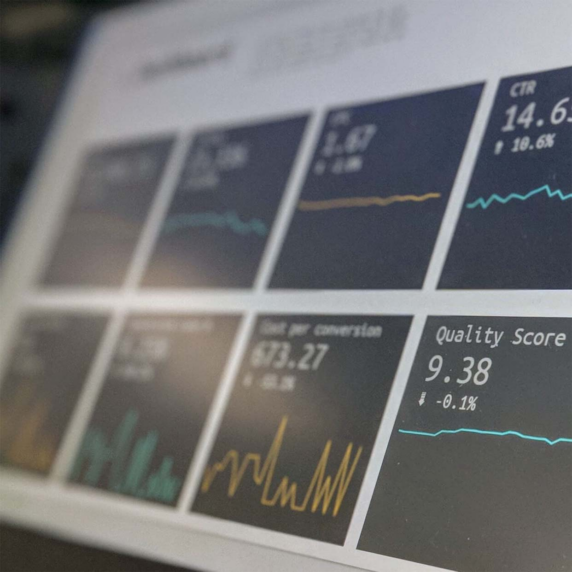Supply Chain Planning Blog
SELECT A TOPIC:
Allocation & Replenishment
•
S&OP
•
Responsive AI
•
Demand Planning
•
Retail Planning
•
Machine Learning
•
FEATURED
AI Enthusiasm in Fashion – Our Top Three Takeaways From the eP Summit in Florence
17 April 2024The recent eP Summit conference, the Pitti Immagine event focused on the latest digital and technological innovations tailored for the fashion industry, featured approximately 800 specialized operators and an extensive program of roundtables and presentations. Speakers shared their experiences and...












